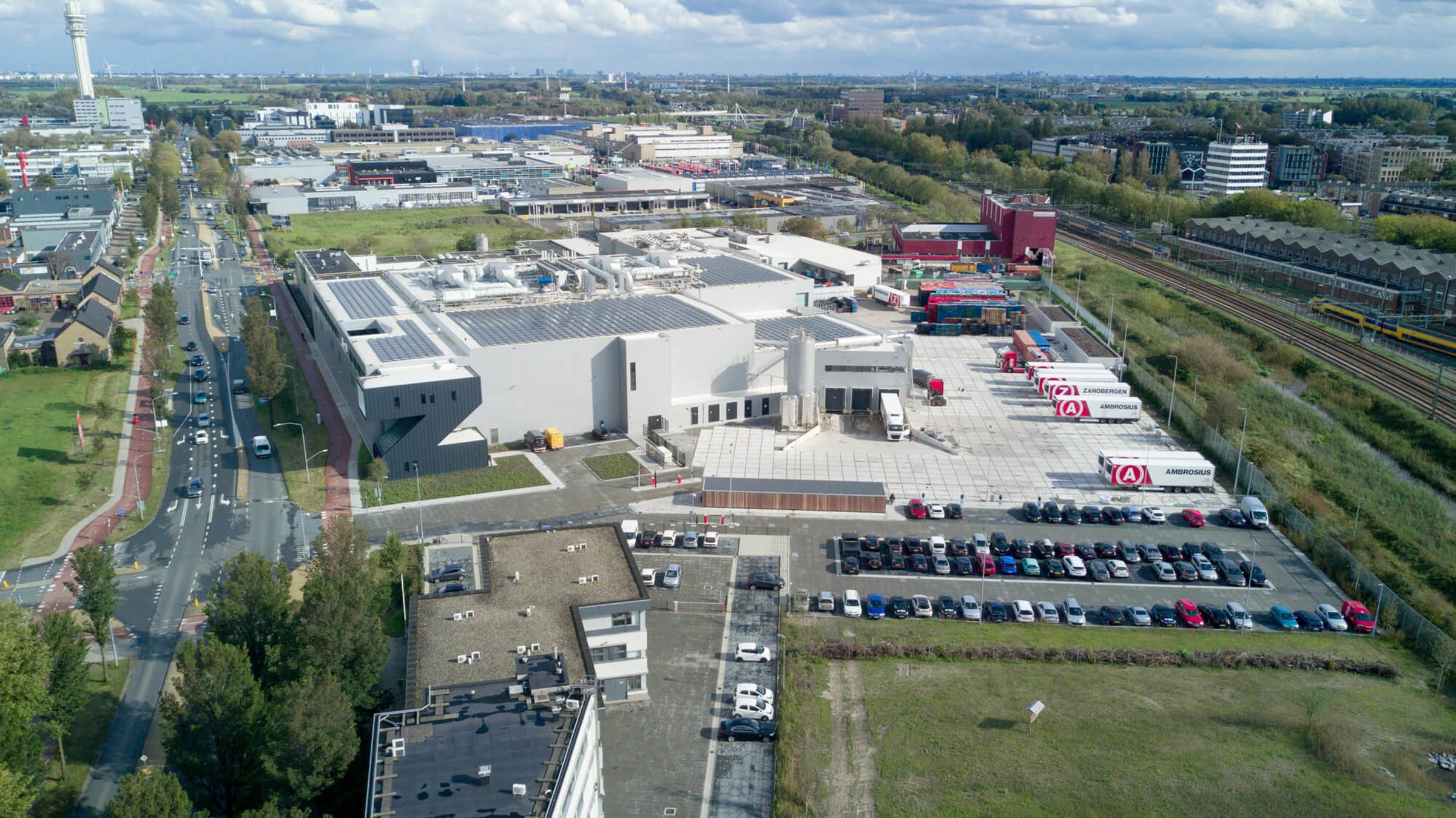Innovative and circular solutions are high on our agenda and something we continuously work with when it comes to reducing, reusing and recycling waste like plastic, paper, cardboard and the like at our production facilities.
If you want to know how we work with food waste, click right here.
Local collaboration
Our waste management efforts largely consist of ongoing initiatives. For example, we have continuous dialogue and cooperation with our waste management companies in Denmark and Sweden at site level on how to reduce waste and enhance recycling practices.
Plastic waste
The majority of the plastic waste from our Danish production facilities is either mixed types of plastic or contaminated with meat juice, which makes it unsuitable for recycling in current Danish systems. So in our production facilities in Herningand Kolding, we have developed a process that enables recycling of the blue plastic bags that are used to cover and transport meat.

Increase of waste streams in Haarlem
Our production facility in Haarlem in the Netherlands is working intensely with waste management practices and is aiming to reduce waste and increase recycling rates.
Previously, the facility had only two major waste streams from production – paper and the rest. Today, the facility has divided its waste into multiple waste streams, and most of the waste is sent to recovery.
The production facility in Haarlem has also partnered with a new local waste management supplier with facilities near Haarlem, which ensures that the transport time for the waste is also reduced.